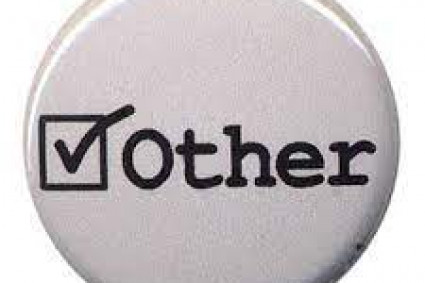
Introduction:
The art of embroidery has been a prized art that adds a touch of class and individuality to clothes and fabrics. While traditional embroidery provides subtle texture and depth one fashion that has caught attention is the 3D puff embroidery. This fashion permits striking, soaring designs that conduct the appearance of a tactile aspect, ideal for letters, ensigns and distinctive designs. In this thorough companion, we’ll look into the complications of 3D puff embroidery digitizing and how it can enhance the aesthetic impact to your artwork.
What is 3D Puff Embroidery?
3D puff embroidery is the process of creating design patterns that are raised together froth, which can be sutured on top to give a three-dimensional appearance. This fashion adds the volume and height and gives the design an emotional, embossed appearance. It’s generally seen on caps or jackets as well as promotional particulars in which bold designs are sought-after.
The Art of Digitizing For 3D Puff Embroidery
The secret to producing emotional 3D puff embroidery is digitizing. Digitizing is the process of converting a design into machine-readable form, and in the case of 3D puff, there are a many effects to consider:
Stitch Density and Underlay: To assure that the froth is fully covered and securely the viscosity of the sew must be lesser than the normal embroidery. Underlay must be kept to a minimum to help leveling the froth.
Design Considerations: Thick and big sources and shapes are perfect for 3D puff because they offer acceptable content. Details that are too intricate or thin may not produce the asked effect of raised.
Compensation Adjustments: As the froth increases height digitizers must acclimate their settings to help gaps and warrant the neat, professional appearance.
The Best Materials For 3D Puff Embroidery
The froth used in 3D puff embroidery are pivotal to attain the perfect appearance and feel. Here are some key considerations:
Foam Thickness: Generally can range from 2mm to 6mm thick. The consistence you elect will depend on the degree of raised that you would like your design to appear.
Color Matching: Choose froth that complements or matches the thread’s color to give flawless appearance. The result is that small defects will blend into.
Quality Foam: Keeps its shape in the process of embroidery which outgrowth with a much more professional design.
Essential Tips For Successful 3D Puff Embroidery Digitizing
1. Avoid Complex Designs: Simple, bold designs are the desirable. Fine details might not be lifted surely and may beget unstable aches.
2. Use Cap-Friendly Fonts: If you’re working on a cap design, opt for fonts that have consistent stroke extents, and avoid serif sources that do not puff inversely.
3. Test Your Design: Always run a test on a sample fabric to make sure the digitized design achieves the desired effect. Acclimate the sew viscosity and angles, as well as the underlay, if necessary.
4. Remove Excess Foam: After suturing, you should remove any froth to reveal a clear finish. This can be fulfilled with Tweezers or a heating gun to achieve exact lucre.
How 3D Puff Embroidery Stands Out in the Market
Individualities and brands can make use of 3D puff embroidery stand out. For customized caps for a sports platoon or on ingrained apparel for a company the more dimension attracts attention and creates a feeling of oneness and fineness. The malleability of puff embroidery also promotes commerce, which makes it an ideal option for a name promotional point.
Benefits of 3D Puff Embroidery
High Visual Impact: Textured appearance, with a textured texture, is visually appealing.
Versatile Applications: Perfect for jackets, headdresses, packs, and much further.
Customizable: Can be acclimatized to colorful sizes, shapes and colors.
Common Challenges and Solutions
Although 3D puff embroidery has numerous advantages, it comes with a many challenges:
Needle Breakage: Additional thickness could result in needle breaking. Be sure that you’re with the correct setting for the needle as well as machine for heavy materials.
Foam Residue: Foam residue could be a problem when not handled duly. Choose high-quality froth and assure that the aches are tight and clean to reduce the quantum of remaining pieces.
Design Limitations: As we mentioned preliminarily, intricate details may not restate well to 3D puff embroidery. Change the design or pick areas that are flat, while pressing others with the puff effect.
Conclusion
3D puff embroidery digitizing adds depth and dimension to designs, making them stand out in a way that traditional embroidery cannot. By understanding the process of digitizing, select the appropriate materials, and adhere to accurate techniques. In that case, you can create eye-catching, unique embroidery that is ideal for personal use or branding purposes.





